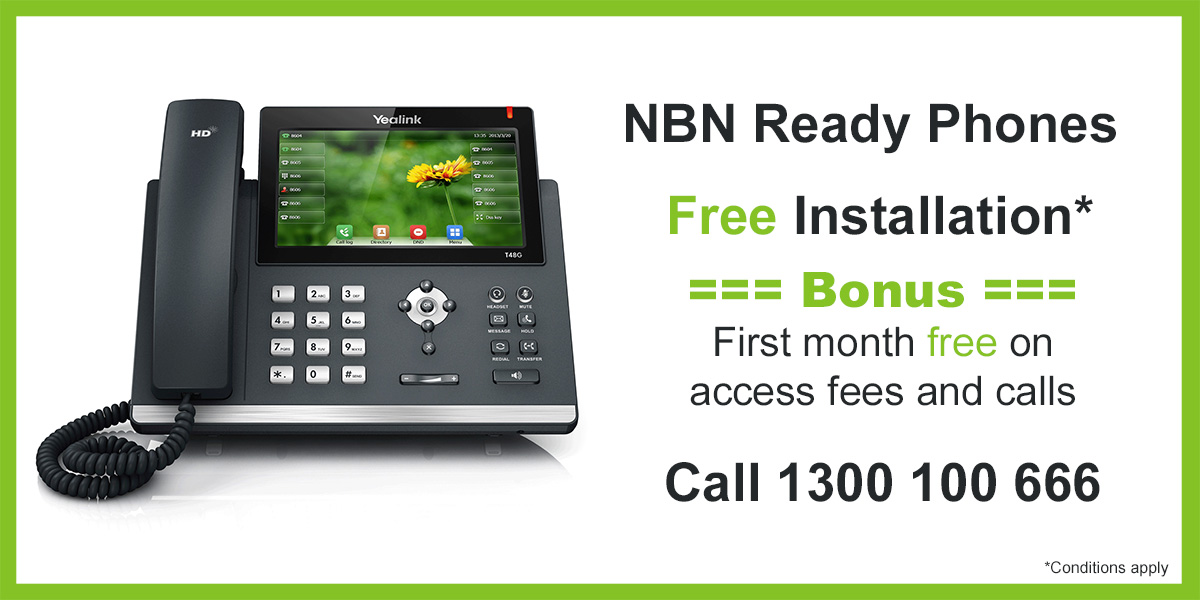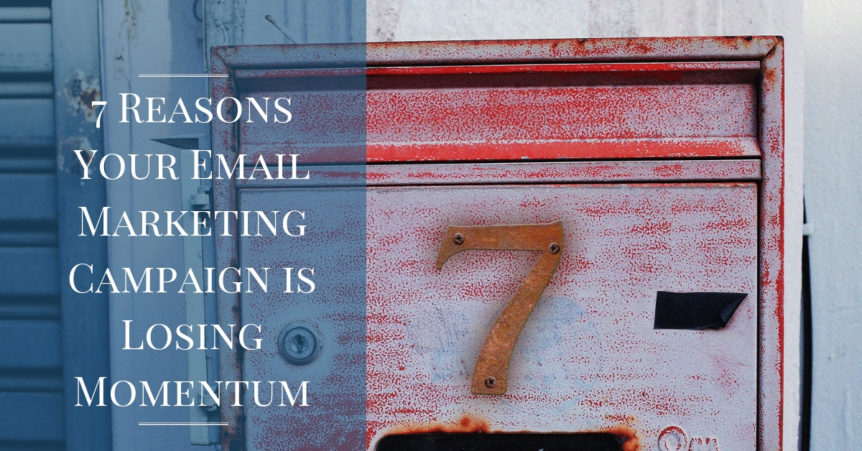It’s no secret that the production of email marketing campaigns is a huge effort. Each campaign requires a great deal of work, initiative, time and energy, so it’s only fair to feel frustrated and disappointed when things don’t “take off” as planned.
There are many simple mistakes people make when it comes to email marketing campaigns, and often these small slip-ups are hard to bounce back from. Design, layout, professionalism and dissemination are critical when it comes to an effective campaign, and mistakes in these departments can be costly and may cause a significant drop in client engagement and sales. Put simply, an email that doesn’t spark results can be a total waste of time and resources.

However, keeping that in mind, email marketing also holds huge potential for businesses that create effective campaigns.
No matter the industry, email marketing can be a huge influence on customer engagement and retention. We live in a society where the Internet is widely used and enjoyed, so why not take advantage of this and use email to connect with customers?
If you’ve noticed your email marketing lacking a little momentum, or perhaps you’d like to explore new avenues of improving your online presence, check out the list below to see where you might be facing some difficulties, and how to boost your results back up.

Poor Subject Lines
We all know how valuable a first impression can be. The subject line of your email can sometimes be the first and only way to spark interest and interaction. If your subject line avoids punchy or enticing language, the chances of your prospective customers opening that email are slim to none – In fact, the email will usually be deleted entirely.
Effective subject lines should encourage readers to open the email. The “sneak-peek” provided in the subject line gives them an incentive to open the email, which is your first point of success. One point to keep in mind is that your subject line should always be relevant and up to date. Misleading or false subject lines are likely to drive your customers away, whilst simultaneously lowering their trust in your business.
Ineffective Timing
Your email marketing platform analytics are your best way to identify and enhance behaviour trends amongst your users. By knowing when your prospective customers are viewing your emails, you’re putting yourself in a position to market their needs, goals and interests by simply taking note of their usage patterns.
It’s not uncommon for email marketing campaigns to completely sink because inboxes are being flooded at the wrong time. Pay close attention to the time of day that provides the best performance for your emails. By distributing your content at this time, you’re not only reaching your target audience in a more effective manner, but you’re more likely to reach them at a time when they are interested and engaged.
Sending Too Frequently
Nobody likes being bombarded with emails. It’s annoying, it’s invasive and it’s pushy. Most people are already receiving too many emails on a daily basis as it is, so any extra spam or promotional material is likely to be deleted without being opened.
If you send your content too frequently, you’re putting yourself at a disadvantage. Not only are you essentially spamming your potential customers, but you’re also distracting users from your key message by overloading them with unnecessary contact. Try to stick to one email a week. If you construct your campaign in a way that is punchy, relevant and interesting to your customer, you should rarely ever need to exceed this limit.
Irrelevant Content
Regardless of the message, you’re trying to send across, if your email marketing campaign doesn’t match this, you’re providing your users with a dissatisfactory experience. Be strategic and thoughtful with the way you plan your marketing. If you intend on sending links through your emails, be sure that they match to the direct webpage you had been promoting.
If you spark your customer’s interest enough to encourage them to click on your website, to begin with, don’t disappoint them with a confusing or time-consuming process. Be clear and concise with your content, and always make sure that the message you are trying to send is easily accessible to those who wish to take part.
Confusing Call-To-Action
At the end of the day, what is the point of your email? What are you trying to get out of it? Would you like users to get in touch to ask questions, or perhaps book in or buy right away? Whatever your objective, make it clear.
Without an effective CTA, users are left wondering what they should be doing with the information/advertisement they have been provided with. When users are unsure or confused, they are far less likely to engage with your business. Make sure your CTA is exciting and easy to understand. This helps you to set the expectation of your users, leaving them with a clear idea of what they need to do if they wish to move forward.
Rendering Issues
As mobile devices are now being utilised more than desktops, it’s absolutely critical that your prospective customers are able to easily view your emails when opening them with their mobile. Most people tend to check their e-mails while they’re on the go and running between errands, which is why you absolutely must check that your messages are rendering properly when being viewed on mobile devices.
It’s very unlikely that a customer would ever open an email on their phone, notice an error, and then make a mental note to re-read it later from their desktop. Don’t limit your chances of success by limiting your audience reach. To ensure that your emails are rendering well across all platforms, be diligent and proactive with responsive designs.
Testing Complacency
If you aren’t willing to test every element of your email, there’s no point sending it. Test, and then test it again. All too often, businesses send emails with typos, broken links and simple oversights that make them appear unprofessional and unorganised. Don’t take the risk.
Another tip is to double check how your email appears on multiple devices and servers. For example, sometimes a message will appear as normal on Gmail but may display as broken or corrupted on Outlook. By taking a few extra seconds to double check your emails before you send them, you’re far more likely to be met with a positive response.
While it is still possible to create an effective email marketing campaign with a few errors here and there, it pays to be mindful of the listed points when undertaking your next project. A campaign takes a lot of effort, so you owe it to yourself to chase the best possible results. By taking steps to avoid mistakes, remember that you are taking steps to build success.





